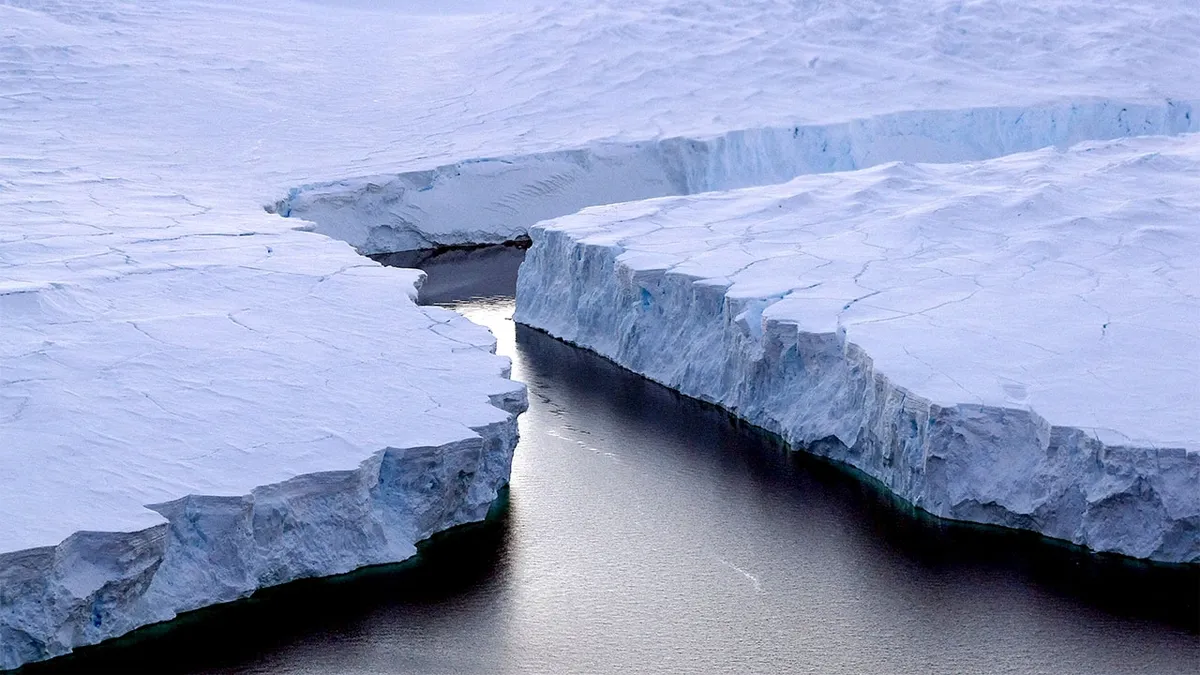A troubling discovery regarding Antarctica’s ice shelves has been made by a recent study, which shows that throughout the past 25 years, their volume has mysteriously decreased by 40%. The integrity of the Antarctic ice sheet is greatly dependent upon these floating extensions of the continent, known as ice shelves.
The study’s findings, which were made public in the Science Advances journal, scrutinized roughly 162 ice shelves; of these, significant mass loss was noted in about 71. This melting accounted for an approximate release of a hefty 7.5 trillion tonnes of meltwater into our oceans—a staggering number indeed. Given this huge influx, it becomes evident that consequences exist— severe ones at that and they could drastically impact global sea level as well and marine ecosystems.
Lead author of the study and university of Leeds’ research fellow, Benjamin Davison wasn’t expecting this. He was taken aback by almost half of Antarctica’s ice shelves diminishing in real-time with no signs hinting at a recovery phase. And oddly so, these sensitive parts aren’t adhering to their anticipated life cycle; we’d expect them to regrow slower after shrinking rapidly but that’s not the case here.
Surface melting, a widespread and increasingly intense phenomenon, is a major concern for these ice shelves. Scientists predict that this surface melting is likely to intensify in the coming decades due to various factors, including changes in sea-ice conditions, ocean swell, currents, and tides.
The study utilized an extensive analysis of over 100,000 satellite radar images covering the period from 1997 to 2021. The findings indicate that Antarctica’s ice shelves released a staggering 67,000 billion tonnes of freshwater into the Southern Ocean during this timeframe.
It’s important to note that the disappearing act of mass was pinpointed in particular areas, primarily around West Antarctica’s Amundsen Sea and Bellingshausen Sea, the Antarctic Peninsula, along with Wilkes Land and Victoria Land over in East Antarctica. This highlights these regions might be somewhat more vulnerable to climate change effects brought on by warming sea waters.
Grasping these trends is crucial in foreseeing the future steadiness of Antarctica’s ice shelves, and so too are the implications for sea level rise worldwide. These findings punctuate our dire need to band together with haste; we’ve got to lessen climate change and guard our planet’s delicate icy structures.

